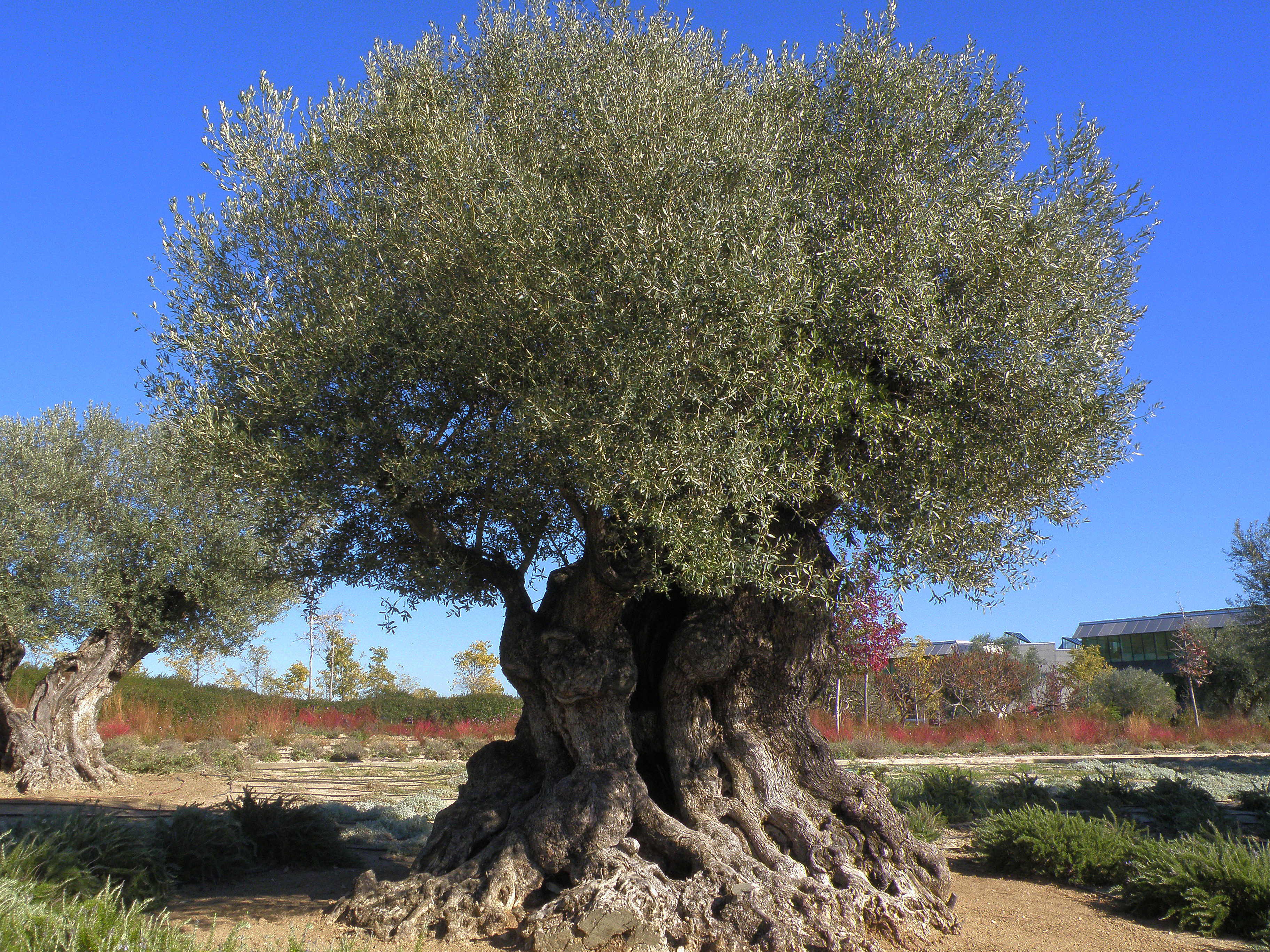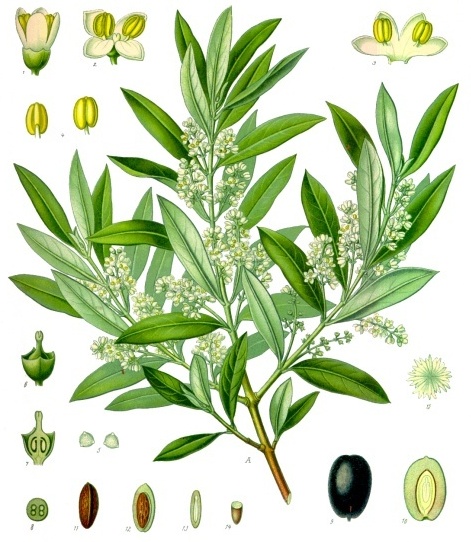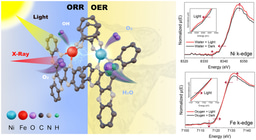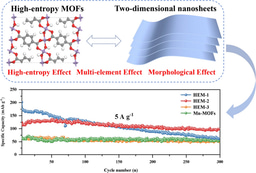Digging into the past of olive trees.
Published in Ecology & Evolution

The origins of an emblematic tree
The Mediterranean olive tree (Olea europaea L. subsp. europaea, Oleaceae) has been the most emblematic perennial crop for Mediterranean countries since its domestication around 6,000 years ago in the Levant. Olives and olive oil are largely consumed worldwide, and have a high nutritional value given their high levels of mono-saturated fatty acids, phenolic compounds, and anti-oxidants. Cultivated olives have undergone a complex domestication process, which has led to morphological and physiological changes and thousands of different cultivar varieties, often with restricted geographical locations, and each variety showing specific phenotypic characteristics. The existing genetic diversity of olive cultivars and wild relatives offers a unique opportunity to develop novel varieties with improved characteristics or with specific adaptations to different climates and conditions. We had contributed the first genome assembly for this species few years ago (1). Further phylogenetic comparisons with related species (2) revealed that the olive lineage had been impacted by several events of allo- and/or auto-polyploidization. The next step was to increase the resolution of our comparisons to understand the most recent past of the olive tree, including its domestication.

Santander, the 1200 years old tree from which the first genome assembly of the olive tree was generated. Our work revealed that this traditional variety (Farga) from eastern Spain originated from introgression of wild olive populations from the Western Mediterranean into the main domesticated genetic pool originated in the Eastern Mediterranean basin.
Are you really wild?
For this, we selected 10 different varieties aiming to provide a broad representation of the known genetic and geographical diversity of olives, which we sequenced and mapped to the available reference. To study domestication is of course important to compare to the closest wild relatives of your crop of interest. This is not straightforward in olives. Olive trees might have been planted hundreds or even thousand years ago, and remaining trees from old plantations might be now surrounded by Mediterranean forest, these and other types of feral trees are difficult to tell apart from true wild relatives. In addition, olive pollen is dispersed to large distances by the wind and wild and cultivated olive trees can cross-fertilize. Thus it is always difficult to ensure that a sampled tree from the wild is what it seems. We took great care in selecting an individual from an isolated wild olive population in northern Spain with no nearby olive plantation and no historical record of olive cultivation, and which had been studied over the years. Our first comparisons revealed that indeed, this tree, was genetically very different from the cultivars, but also showed that some of the cultivars -including the Farga variety used for the reference assembly- had signs of recent introgression from that wild genetic pool.

19th Century illutration of the olive tree. By Franz Eugen Köhler, Köhler's Medizinal-Pflanzen. Taken from the public domain.
The more (sequences), the merrier.
As often happens in genomic projects, our attempts to finalize our analyses interpret the results and submit a publication, were interrupted by the publication of some new genomic data relevant to our research. In this case, an international consortium has published a genome for a wild variety of olive from Turkey (3). This was highly relevant for us, as a wild from the eastern Mediterranean, the place were olive was first cultivated, would be expected to be more related to the first cultivated varieties. However, our comparison suggested that this tree is rather a feral individual, as genetically is difficult to distinguish from other cultivars. The emerging picture of our comparisons indicated that the domestication of olives was not unidirectional, from a wild ancestor that radiated into different, geographically adapted varieties, but rather a nested and reticulated one, in which different cultivated lineages had introgressed with wild relatives of the middle and western Mediterranean basin as the olive cultivars were brought about by ancient cultures. In the process of the revision of our article, another publication (4), this time including genomic data from dozens of cultivars a and a handful of wild trees came to light. Again we needed to re-assess our results in the light of the new data, which confirmed our previous findings.
Still much to do.
Despite the dozens of genomic sequences analyzed in our work, only a very minor fraction of the olive varieties is included. This set is still too reduced to aim for using genome-wide association approaches to identify genetic determinants of key agronomic traits, which in turn will help breeders to create new varieties or improve existing ones. Moreover, the large impact of genetic admixture (hybridization) and genome duplication in the evolution of the olive tree complicates analyses to detect genes under directional selection. One important gap in the existing data is the lack of representatives in the whole genome datasets from the wild genetic pool of the Eastern Mediterranean, the original genetic pool from which the first cultivated olives were likely selected. We hope future collaborative efforts will help us increasing our dataset with relevant and representative varieties from wild and cultivated olives, we would be happy to collaborate in this regard.
You can read the full article here:
Julca, I., Marcet-Houben, M., Cruz, F. et al. Genomic evidence for recurrent genetic admixture during the domestication of Mediterranean olive trees (Olea europaea L.). BMC Biol 18, 148 (2020). https://doi.org/10.1186/s12915-020-00881-6
Citations
1. Cuz F, Julca I, Gómez-Garrido J, Loska D, Marcet-Houben M, Cano E, et al. Genome sequence rof the olive tree, Olea europaea. Gigascience. 2016;5:29. doi:10.1186/s13742-016-0134-5.
2. Julca I, Marcet-Houben M, Vargas P, Gabaldón T. Phylogenomics of the olive tree (Olea europaea) reveals the relative contribution of ancient allo- and autopolyploidization events. BMC Biol. 2018;16:15. doi:10.1186/s12915-018-0482-y2.
3. Unver T, Wu Z, Sterck L, Turktas M, Lohaus R, Li Z, et al. Genome of wild olive and the evolution of oil biosynthesis. Proc Natl Acad Sci USA. 2017;114:E9413–22. doi:10.1073/pnas.1708621114.
4. Jiménez-Ruiz J, Ramírez-Tejero JA, Fernández-Pozo N, Leyva-Pérez M de la O, Yan H, Rosa R de la, et al. Transposon activation is a major driver in the genome evolution of cultivated olive trees ( Olea europaea L.). Plant Genome. 2020;:e20010. doi:10.1002/tpg2.20010.
Follow the Topic
-
BMC Biology

This is an open access journal publishing outstanding research in all areas of biology, with a publication policy that combines selection for broad interest and importance with a commitment to serving authors well.
Related Collections
With Collections, you can get published faster and increase your visibility.
Aging microenvironment and disease
BMC Biology is calling for submissions to our Collection on Aging microenvironment and disease. This Collection aims to help our understanding about the molecular mechanisms and cellular processes that affect the tissue microenvironment during aging and aging-related diseases, as well as the implications in the development of novel therapeutic interventions to restore the aging microenvironment.
We welcome studies using spatiotemporal multi-omics and advanced imaging approaches to explore the aging microenvironment, using animal models, human tissue, or organoids. We especially highlight submissions focused on the contribution of aging-related changes to diseases, including cancer, chronic inflammation, lung, hepatic and cardiac fibrosis, vascular disease, neurodegenerative disorders, and chronic kidney disease.
Potential topics for submission may include, but are not limited to:
Genome instability, epigenetic alterations, telomere attrition, disabled autophagy and loss of proteostasis, mitochondrial dysfunction in the aging microenvironment.
Cellular senescence and associated secretory phenotype, stem cell exhaustion, and changes in the stem cell niche, such as alterations in the extracellular matrix, chronic inflammation, fibrosis, vascular niche reprogramming and remodeling.
Intercellular communications and inter-organ cross-talk.
Metabolic alterations in different cell types and their influence on the aging microenvironment and age-related diseases.
Potential therapeutic targets of the aging microenvironment.
This Collection supports and amplifies research related to SDG 3: Good Health and Well-Being.
All manuscripts submitted to this journal, including those submitted to collections and special issues, are assessed in line with our editorial policies and the journal’s peer review process. Reviewers and editors are required to declare competing interests and can be excluded from the peer review process if a competing interest exists.
Publishing Model: Open Access
Deadline: Jan 18, 2026
Human microbiome in health and disease
BMC Biology is calling for submissions on our Collection on Human microbiome in health and disease. The human microbiome plays a crucial role in maintaining health. Comprising trillions of microorganisms, including bacteria, viruses, fungi, and archaea, the microbiome influences various physiological processes, such as metabolism, immune function, and even mental health through pathways like the gut-brain axis. Recent advances in sequencing technologies and bioinformatics have enabled researchers to explore the intricate relationships between the microbiome and human health, revealing its potential as a target for therapeutic interventions.
Continuing to advance our understanding of the human microbiome is essential for developing novel strategies to prevent and treat diseases. Significant progress has been made in identifying specific microbial signatures associated with conditions such as obesity, diabetes, and cancer, as well as understanding the impact of antibiotics on microbial diversity. These insights have opened new avenues for personalized medicine, where microbiome profiling could guide treatment decisions and improve patient outcomes.
As research in this field progresses, we can anticipate exciting developments, including the potential for microbiome-based therapies, such as probiotics and fecal microbiota transplantation, to become mainstream treatments. Furthermore, ongoing studies may uncover the role of the microbiome in modulating responses to immunotherapy in cancer patients, leading to more effective and tailored treatment approaches.
Potential topics for submission include, but are not limited to:
The role of the gut, oral, skin, and vaginal microbiome in health and disease
Microbial ecosystems and their impact on the immune system
The gut-brain axis: implications for mental health
The connection between the microbiome and neurodegenerative diseases
Evolution of the human microbiome across different populations
Effects of antibiotics on microbiome diversity
This Collection supports and amplifies research related to SDG 3: Good Health and Well-Being.
All manuscripts submitted to this journal, including those submitted to collections and special issues, are assessed in line with our editorial policies and the journal’s peer review process. Reviewers and editors are required to declare competing interests and can be excluded from the peer review process if a competing interest exists.
Publishing Model: Open Access
Deadline: Jan 31, 2026






Please sign in or register for FREE
If you are a registered user on Research Communities by Springer Nature, please sign in